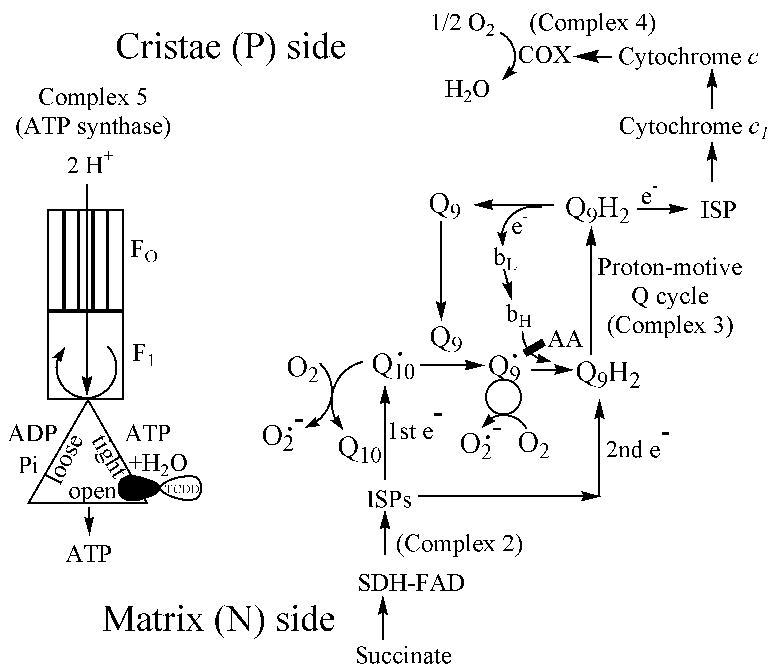Fig. 6. Models for proposed electron transfer and F0F1-ATP synthase pathways.

TCDD is proposed to decrease the efficiency of ATP formation catalyzed by the β subunit of F1 within the F0F1-ATP synthase complex. Respiration would still depend on ADP, and RCR would remain unchanged. However, ATP/O ratio would decrease due to uncoupling. Electrons from complex 2 feed into complex 3, primarily utilizing Q10, from which electrons flow to Q9 and enter the proton-motive Q cycle. An oxidation state crossover point exists within complex 3, somewhere between Q10 and Q9.
Abbreviations: AA, antimycin-A; bL and bH, respectively, low energy and high energy forms of cytochrome b; ISPs, iron-sulfur proteins; SDH, succinate dehydrogenase.
